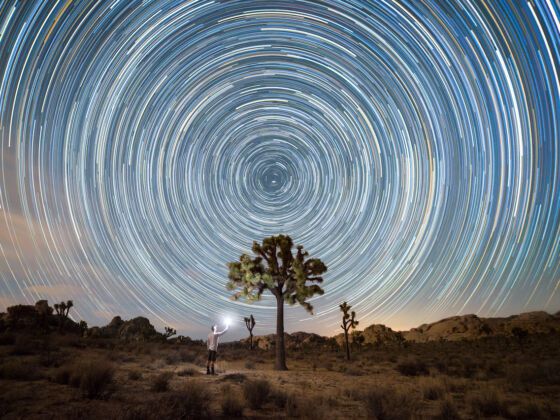What is Synchronicity?
In the 1920s, Swiss psychologist C.G. Jung coined the term ‘Synchronicity’ to point to the meaningful interactions of events / objects and the internal states of the mind. Synchronistic events, he theorized, are the mysterious interactions of the psyche (our mind, thoughts) and the outside world, and speak to a far richer reality than we may suppose. Synchronistic events are not described causally; our internal states of mind don’t cause events to occur in outside reality. Synchs are described meaningfully — they are the interplay of personal meaning and the external world of occurrence.
